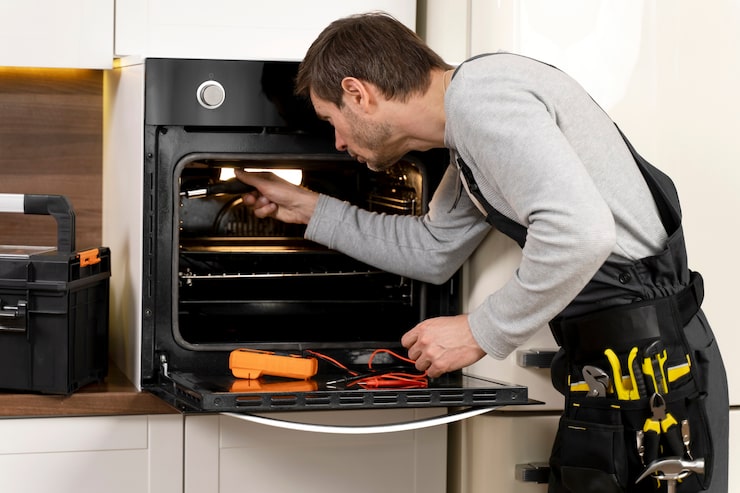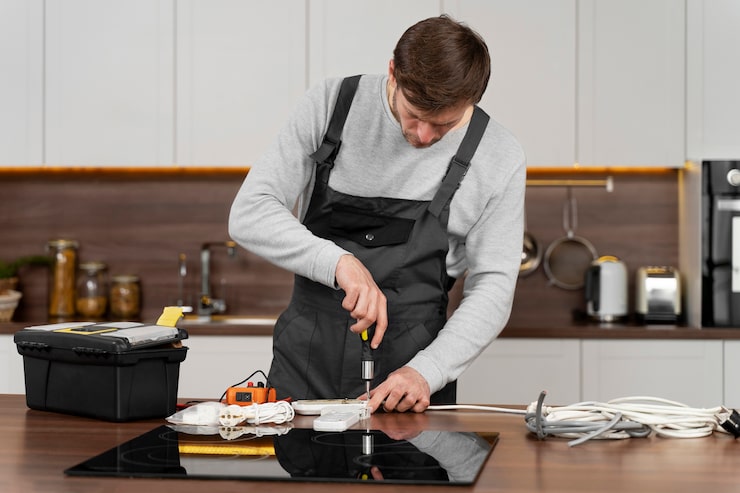A gas stove is a vital kitchen appliance for millions, providing quick and controllable heat for cooking. However, sometimes issues arise — such as when your gas stove won’t light but smell gas — that can be alarming and potentially dangerous. These problems often indicate underlying faults that require timely diagnosis and repair. This article will guide you through the common causes, safety precautions, and effective gas stove repair strategies to restore safe and efficient stove operation.
Understanding Why Your Gas Stove Won’t Light But Smell Gas
When you turn the knob on your gas stove, you expect a flame to ignite promptly. Instead, you might experience the stove clicking or attempting to spark while simultaneously detecting a strong smell of gas but no flame. This condition signals that gas is flowing but ignition is failing, raising safety concerns regarding gas leaks and fire hazards.
Common Causes of Ignition Failure with Gas Smell
- Faulty Ignition System: The igniter creates the spark needed to light the gas. If damaged, dirty, or wet, it won’t ignite the flame even though gas flows freely.
- Clogged Burner Ports: Food debris, grease, or residue can block tiny holes in the burner, preventing proper gas flow and ignition.
- Gas Leak or Improper Gas Flow: Leaks from faulty connections or damaged valves can cause excess gas odor. Also, issues with the gas supply or pressure may affect lighting.
- Electrical Issues: For stoves with electric ignition, problems like a tripped breaker or unplugged stove can disrupt the sparking mechanism.
Immediate Safety Steps When You Smell Gas
- Do Not Ignite Flames or Use Electrical Devices: Avoid turning on lights, appliances, or smoking to prevent ignition of accumulated gas.
- Ventilate the Area: Open windows and doors to disperse gas buildup.
- Check for Leaks: Use a soap and water solution on gas connections to identify bubbling — a clear sign of leaks.
- Evacuate if Necessary: If a leak is confirmed, leave the property immediately and call your gas supplier or emergency services.

Gas Stove Repair: Diagnosing and Fixing the Problem
Step 1: Inspect and Clean the Burner
Burner blockages are a frequent cause of lighting issues. Remove the burner cap and grate, then clean all parts thoroughly:
- Soak removable parts in warm, soapy water.
- Use a soft brush or toothpick to clear clogged burner ports.
- Dry completely before reassembling to avoid wet igniters.
Step 2: Check the Igniter
- Look for visible cracks, corrosion, or dirt on the igniter.
- If wet, allow the igniter to dry.
- If damaged, the igniter must be replaced by a professional.
Step 3: Examine the Gas Supply
- Verify that the gas valve is fully open.
- Inspect hoses and connections for leaks or damage.
- Ensure proper gas pressure; contact your gas company if needed.
Step 4: Inspect Electrical Components
For electric ignition stoves:
- Check that the stove is plugged in securely.
- Reset tripped circuit breakers.
- Replace faulty spark modules or switches as necessary.
When to Call a Professional Gas Stove Repair Service
If troubleshooting steps don’t fix the issue or if you suspect a gas leak, it’s crucial to seek professional repair immediately. Certified technicians have the tools and expertise to:
- Detect and safely repair gas leaks.
- Replace ignition components.
- Clean or replace clogged burners and valves.
- Ensure electrical systems function correctly.
Professional repair ensures your gas stove is restored safely, avoiding risks of fire or poisoning.
Conclusion
Facing a gas stove won’t light but smell gas situation can be unsettling but understanding the causes and safety measures helps you respond correctly. Whether cleaning clogged burners, drying or replacing faulty igniters, or addressing gas supply issues, many problems can be resolved with careful inspection and maintenance. However, never compromise safety—at the first sign of a gas leak, ventilate, evacuate, and call experts for professional gas stove repair. Keeping your stove in good condition ensures a safe kitchen environment and reliable cooking experience.
Remember, gas appliances require respect for their power and hazards—timely repairs protect your home and loved ones while keeping your cooking flame alive.



